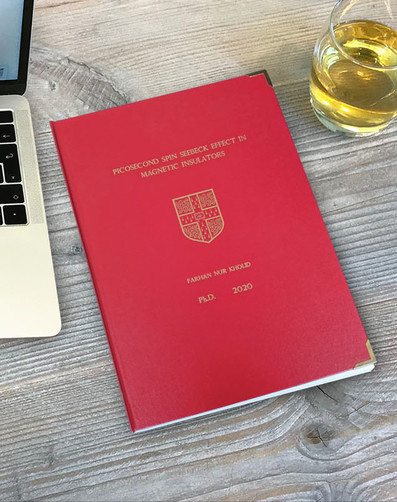
The spin Seebeck effect (SSE) refers to spin current generation in a magnetic insulator/non-magnetic metal heterostructure due to a thermal gradient and most SSE experiments typically use an electric current as heat source. This study uses Terahertz (THz) time-domain emission spectroscopy where a femtosecond laser induces a thermal gradient that lasts for only a few picoseconds and the SSE signal manifests as broadband THz electric field radiation. The ultra-fast laser excitation and detection technique enable focusing the analysis on the interfacial contributions of the SSE, minimising contributions from the bulk magnet which dominate instead in the electronic measurements. The first part of the thesis discusses the steps and calibration procedures involved in building the THz emission spectroscopy setup. We describe the process of optimising the setup sensitivity and discuss potential improvements. The second part of this thesis describes measurements of the picosecond SSE in different magnetic states: ferrimagnetic, antiferromagnetic, and paramagnetic. Probing the picosecond SSE in well-studied ferrimagnetic YIG at low temperatures points out key differences with respect to previous electrical measurements done at low frequency. Comparing two antiferromagnets from the same magnetic class but with very different values of the antiferromagnetic resonant frequencies provides insights on the role of magnon energy dispersion in determining the efficiency of interfacial spin transport. Measuring the picosecond SSE in an antiferromagnet with magnetic transition temperature at 117 K allows a comparison of the spin emission in the ordered and paramagnetic phase. Finally, we observe extremely strong SSE signals from the antiferromagnets despite the low field-induced magnetic moment and we attribute this to strong interfacial exchange coupling and high-frequency spin susceptibility.
Download Thesis